The Parasites that Prevent Caterpillars from Taking Over the World
Given that some moths can lay many thousands of eggs, you can imagine the potential their caterpillar offspring have to defoliate forests. We can be glad that there are many ways by which the lepidopteran population is regulated. For example, predation by birds and small carnivorous mammals have a major impact on their numbers.
In a healthy eucalypt woodland, birds can take about half of the insects produced (some 30 kilograms per hectare per year) and small mammals (bats, sugar gliders, and so on), predatory insects and spiders take a substantial proportion of the rest.
Salt, Lindenmayer, & Hobbs – (2004)
Aside from predators, there are also things like fungal and bacterial attack to contend with. For example, one well known bacterium, Bacillus thuringiensis, marketed under names like Dipel, is regularly used by gardeners to control caterpillars.
Over the years I've enjoyed rearing moths from eggs or larvae. This is the only way we can learn which larvae belong to the various adult stage moths. Anyone who has had a go at rearing caterpillars will also be well aware of the many parasites of caterpillars. These include mites, wasps, and flies. It can be quite disappointing when the caterpillars you are rearing die due to parasites. However, it is also quite fascinating to get a close up view of these natural population controllers in action. Below is a brief overview, of just few of the parasites I’ve come across.
Mites
Erythraeid mites are the most common ectoparasites of moths and their larvae. (Ectoparasites are those which feed externally on their host.) These do not kill their host. The six legged mite larvae gorge themselves on the blood of their host. When finished feeding they drop off in order to complete their development into the eight legged adult stage.
The photos below shows red Erythraeid mites on a Gum leaf skeletoniser (Uraba lugens).
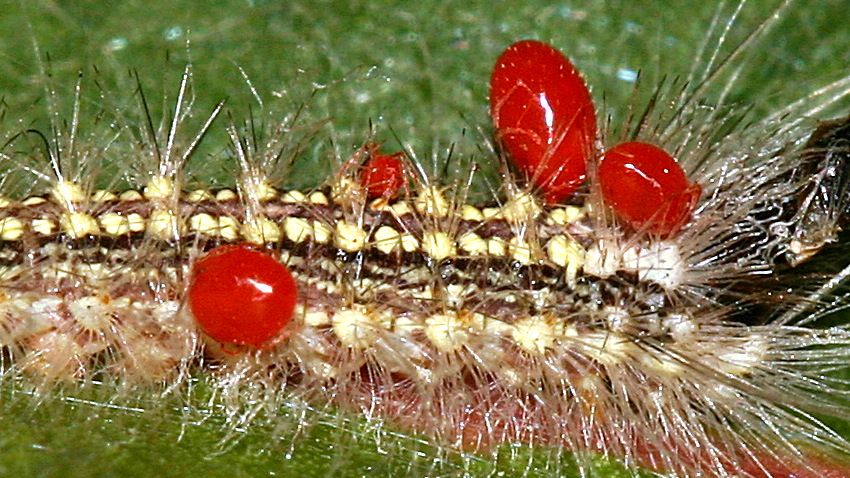
Erythraeid mites on Uraba lugens (Gum leaf skeletoniser)
As a side point, while looking at Gum Leaf Skeletonisers, do you notice the little pointy hats they wear? Each time they shed their skin, a bit of the dried skin, and the old head capsules, do not detach and so they pile up like little hats.
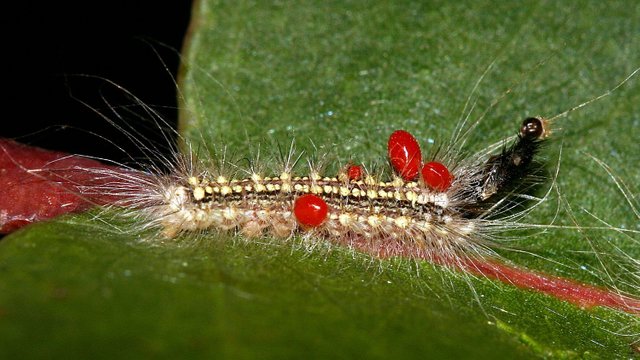
These caterpillars wear their previous skins and head capsules like a hat (The pointy bit at the right hand end)
Parasitoids
Unlike ordinary parasites, Parasitoids eventually kill their host. They feed on the less vital organs at first. Common parasitoids of Lepidoptera (Butterflies and Moths) include Ichneumon wasps, Braconid wasps and Tachinid flies.
Ichneumon Wasps
Ichneumon wasps (family Ichneumonidae) are one such parisitoid. The wasps, of this very large family, can be found worldwide. In Australia alone, we have around 2000 species. The various species each attack different types of insects or spiders.
After feeding on their host, they need to pupate. Pupation can take place either within the host, or it may exit the host first and make it’s own cocoon, either on vegetation, or among the leaf litter. The next shot shows an exit hole where dozens of small Ichneumon wasps have emerged from the pupa of a Large White butterfly (Pieris brassicae). These ones have emerged as adults having pupated within the butterfly pupa.
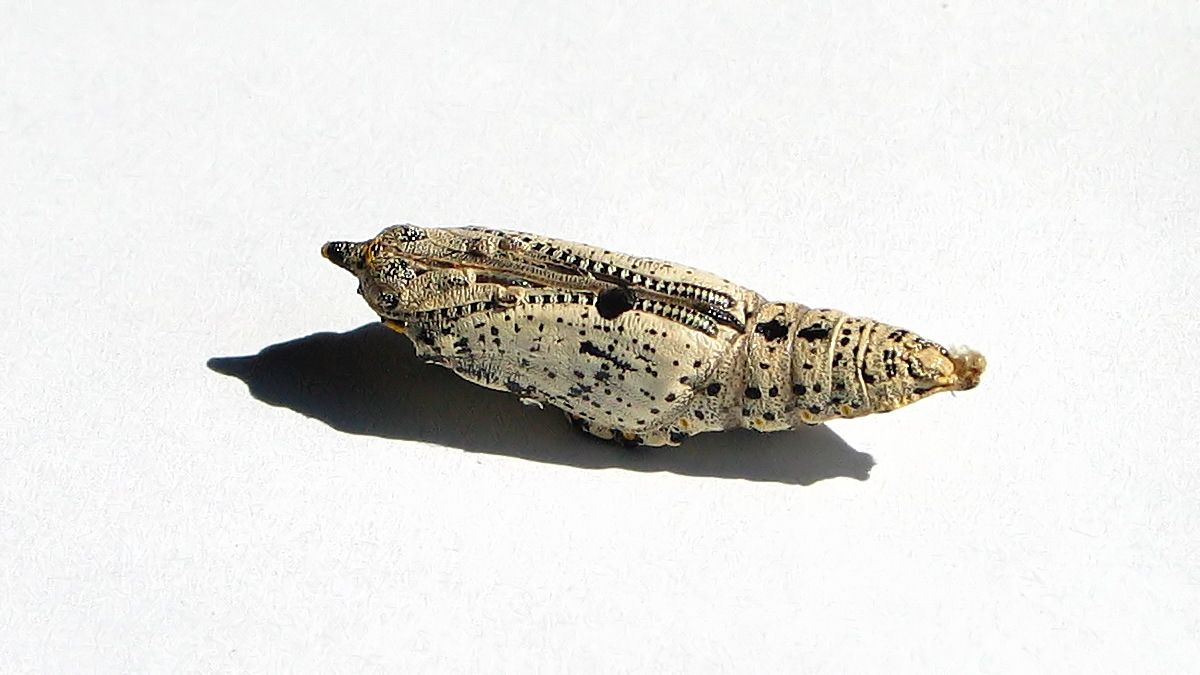
The pupa of the Large White butterfy (Pieris brassicae). Note the exit hole made by the wasps.
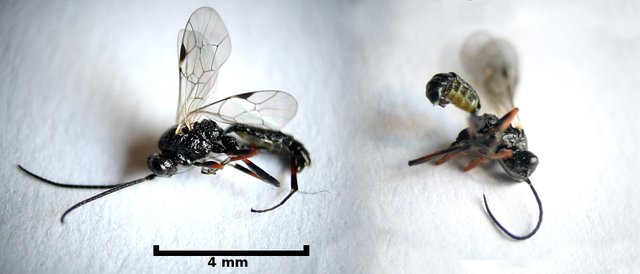
Dozens of these fully formed adult wasps emerged from the butterfly pupa
With larger species of wasp there may be just one egg laid in each caterpillar. This was the case with the Tiger moth caterpillar below. The wasps egg would have been laid on it when the caterpillar was in it's early stages. It reached the stage where it made a cocoon and pupated. However, it never made it to the adult moth stage. Rather, a single large wasp emerged from the moth pupa.
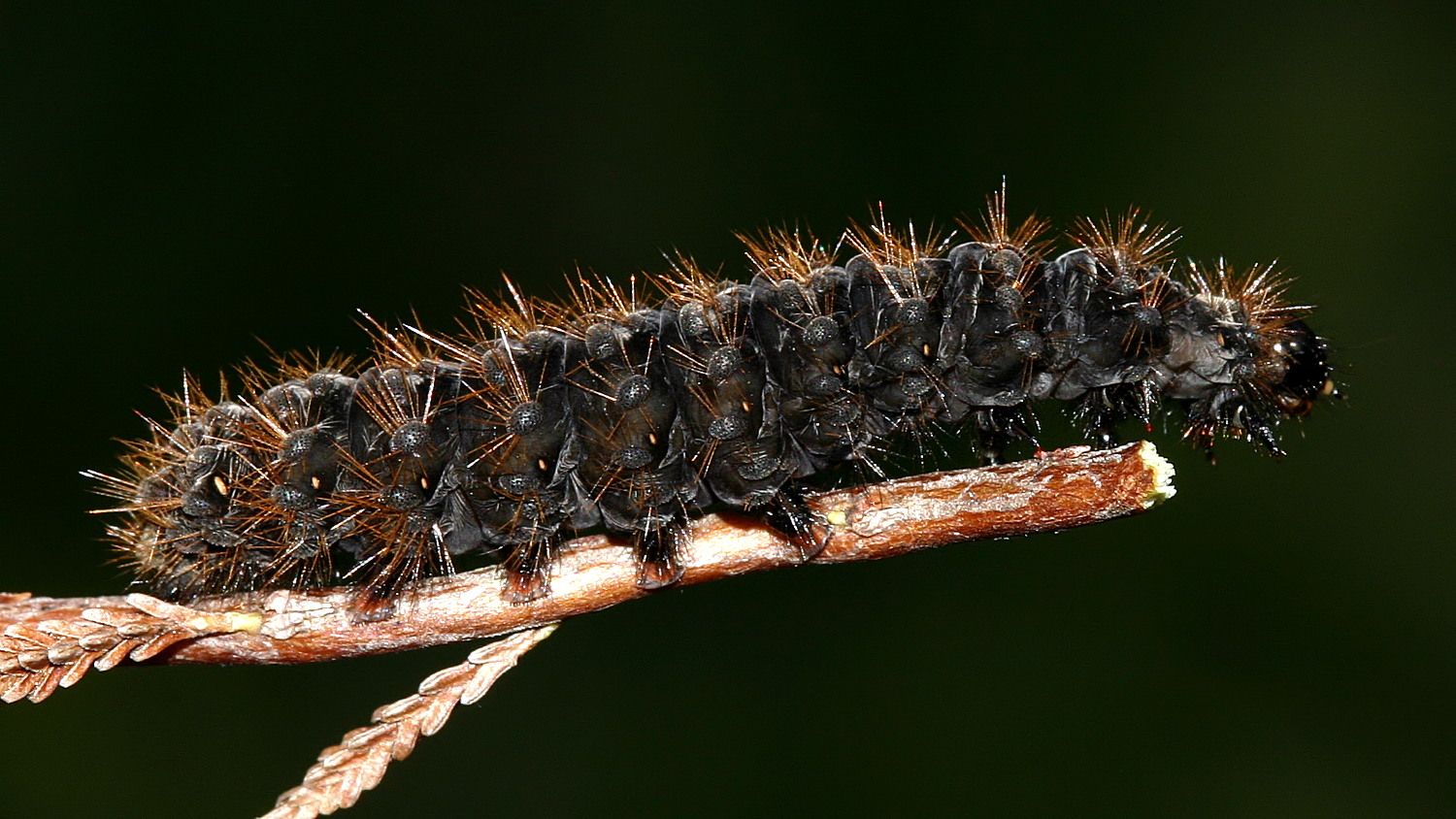
An Arctiid Caterpillar. This one of the Tiger moths. I do not know what species it is as it never made it to the adult stage.
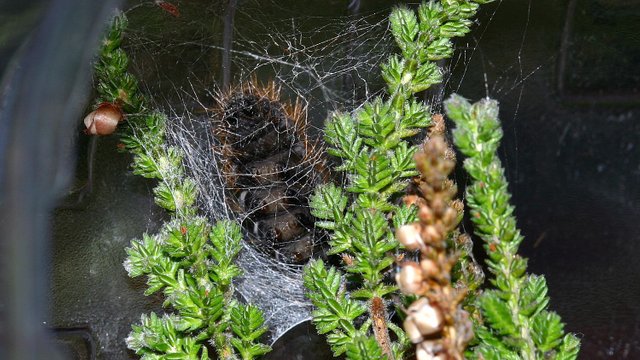
The caterpillar reached the point of making a cocoon.
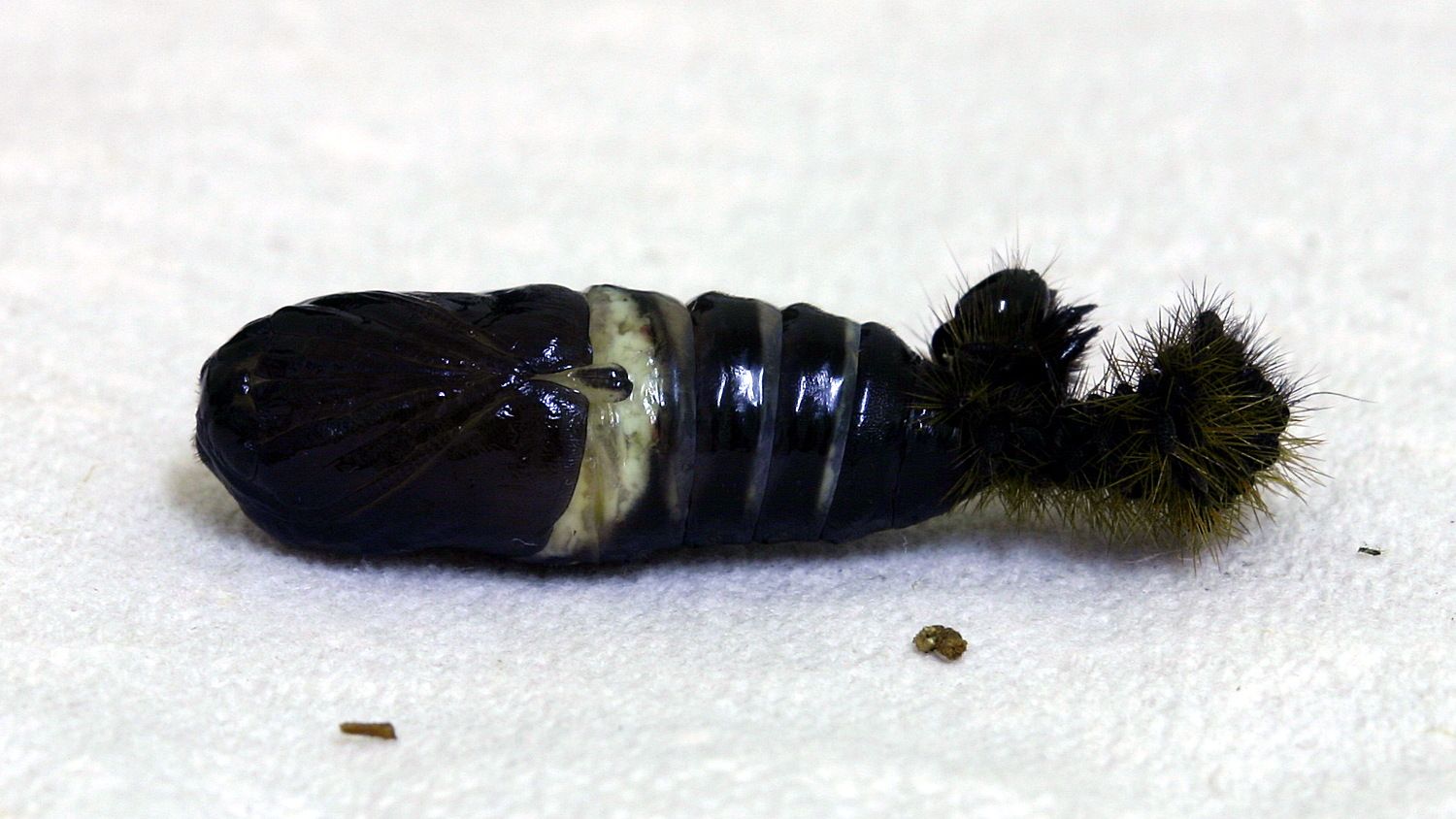
After making the cocoon it formed a pupa.
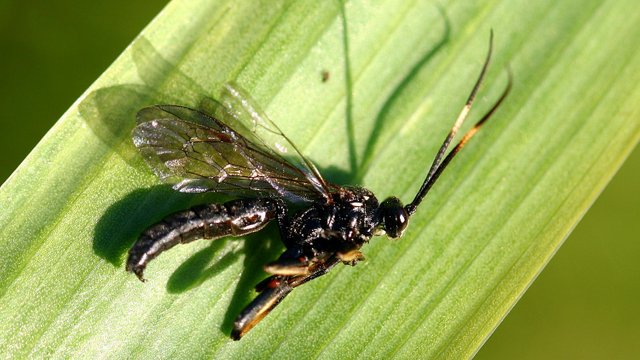
Rather than an adult moth, this single, large, Ichneuman wasp emerged.
Braconid Wasps
Another major family of parasitic wasps are the Braconidae. They belong to the same superfamily, Ichneumonoidea, as the Ichneumonidae. (Note the difference in spelling the the superfamily and the family.) Australia has about 800 species of Braconid wasp and at least 52 of these are found here on the island of Tasmania.
Braconids parisitise insects of many different orders including the Lepidoptera. The female generally lays her eggs in the host larvae, although sometime they are laid in the host insects eggs. In rare cases, adult hosts are attacked. Braconids are usually internal parasitoids (Endoparasitic) although some feed externally (Ectoparasitic).
Some Braconids will pupate within their host although more generally the larval grubs will exit their host first. Below is a photo of some Braconid wasp pupae. They had eaten there way out of the caterpillar and immediately proceeded to make their silk cocoons.
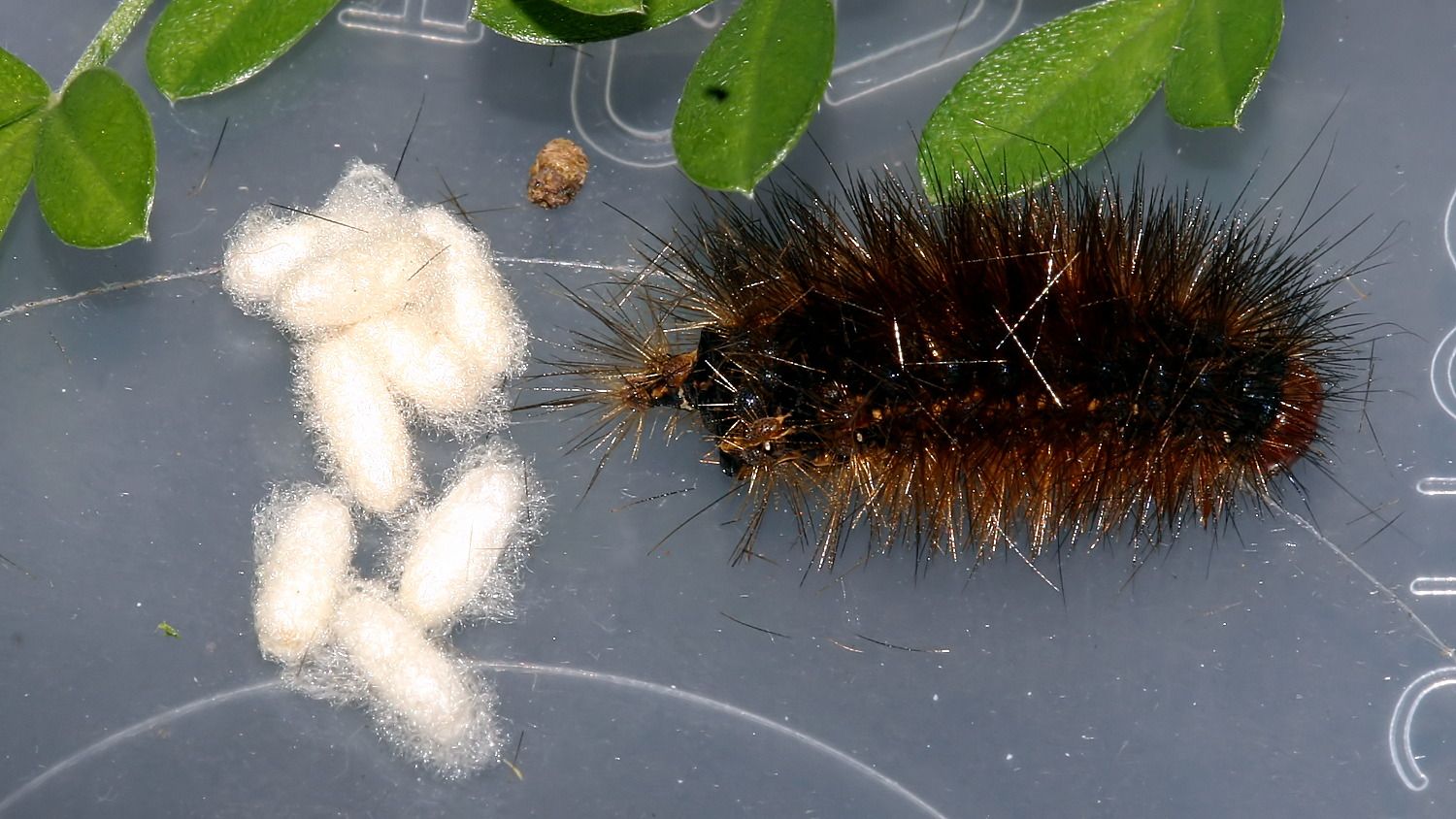
These Braconid wasps have eaten their way out of the host and then pupated.
Here's another example. The next caterpillar is the Omnivorous Tussock Moth (Acyphas semiochrea). Three days after making a cocoon, the braconid parisitoids emerged and pupated within the hosts cocoon. You can see the through the silk in the photo. These ones are actually sitting right next to me as I write. Hopefully I will see the emerged wasps soon.
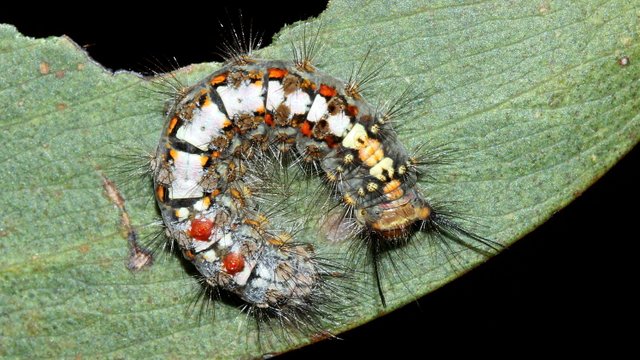
This caterpillar still looks healthy three days later it mad a cocoon. Another three days later the wasp larvae appeared.
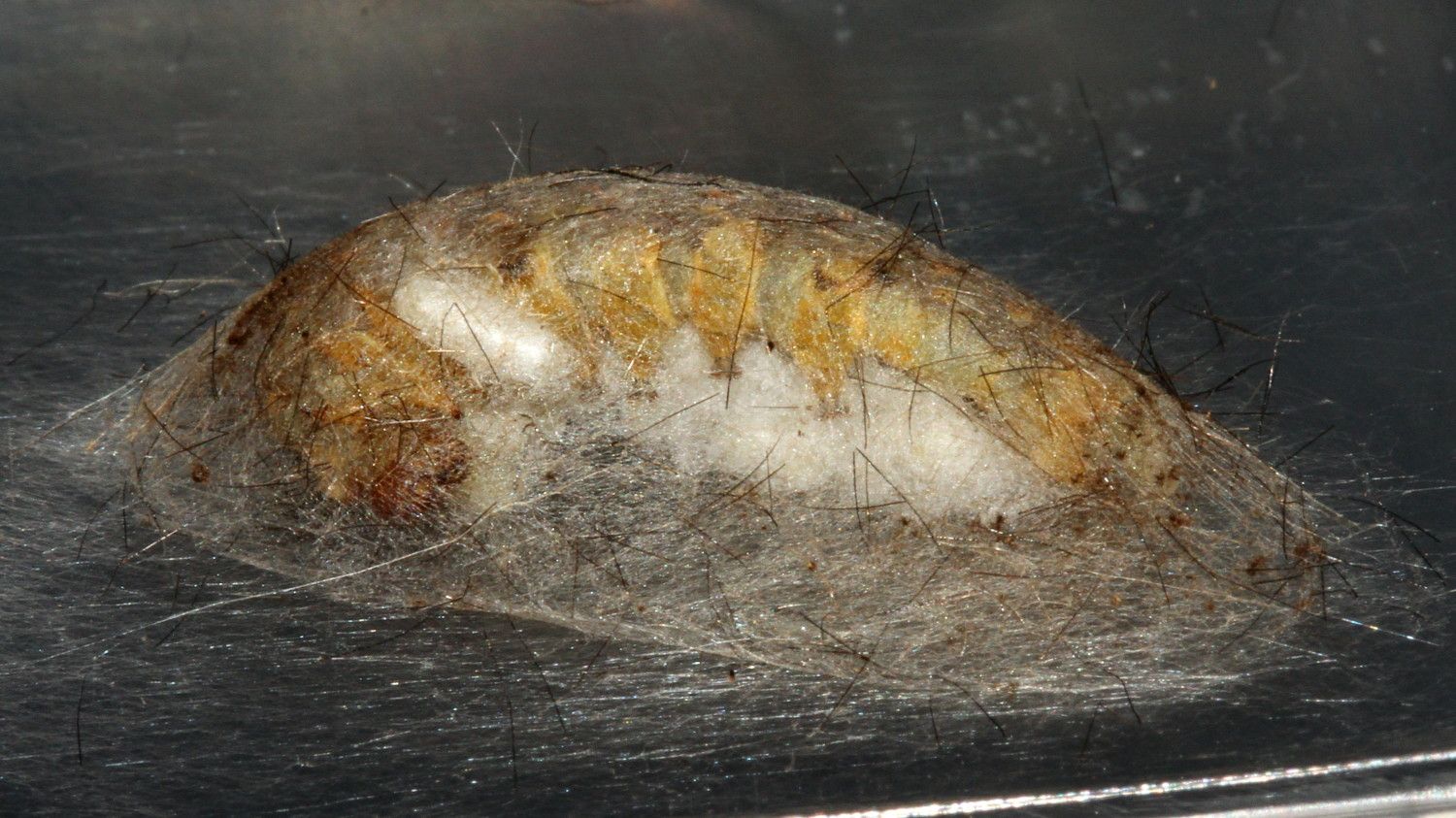
Cocoons within a cocoon. You can see the wasp cocoons through the silk wall of the moth cocoon.
...and one final example. This caterpillar died on the leaf right where it was feeding. A couple of days later, a single Braconid wasp emerged through a hole that it made at the anal end of the caterpillar.
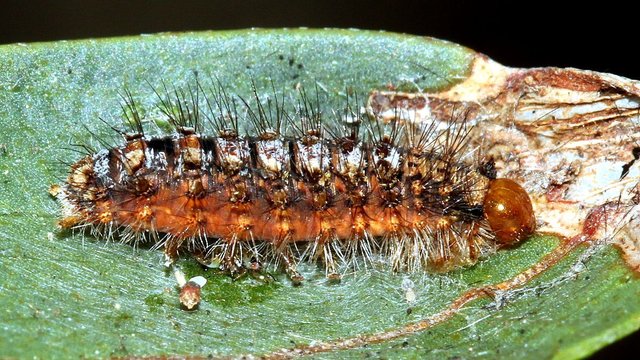
This caterpillar ground to a halt and died right where it was feeding.
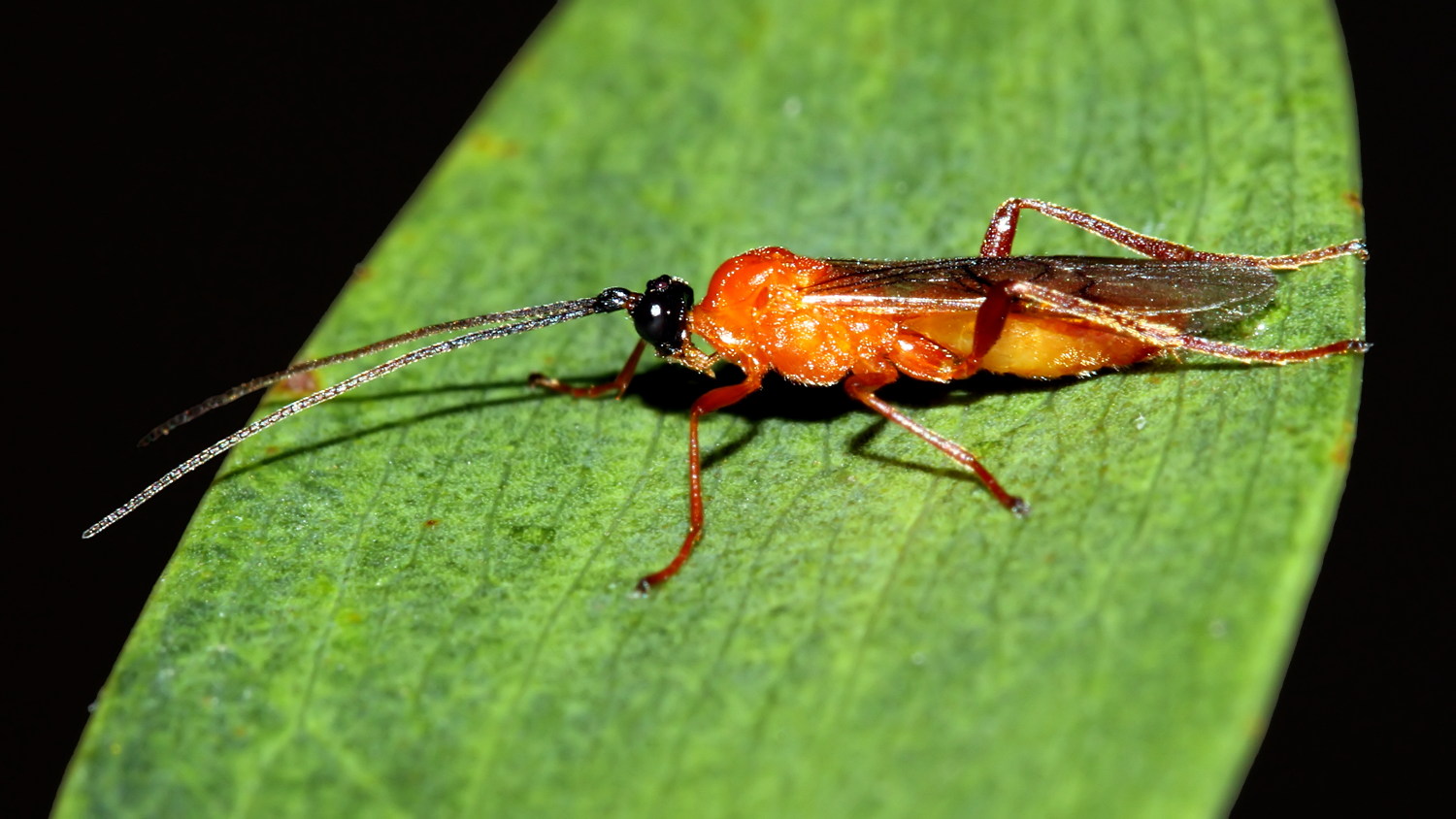
The red Braconid wasp that emerged from the above caterpillar.
Tachinid Flies
There are over 540 species of Tachinid fly in Australia with around 125 of these are found in Tasmania. The larvae of these flies are parasitoids of several insect orders including, Odonata (Dragonflies), Hemiptera (True Bugs), Coleoptera (Beetles) and especially the Lepidoptera (Moths and Butterflies).
The flies generally lay there eggs on, and sometimes in, their host. Others will lay the eggs on plants where they will either be ingested by the host, or else hatch first and then find their way onto their host. The photos below show two of three flies, along with an empty puparium, which came from an Arctiid caterpillar. In this case the fly larvae, each only 4mm in length, exited the caterpillar prior to pupating, leaving behind the shriveled body of the caterpillar.
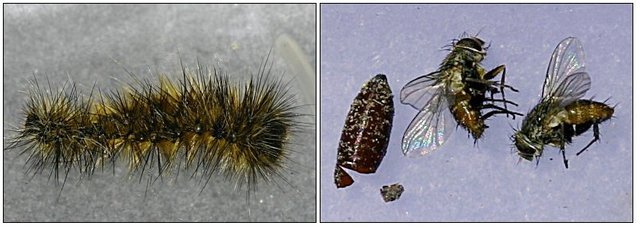
Tachinid flies and what's left of the caterpillar the fed upon.
Well I hope you enjoyed this little journey into the world of parasites. They do a wonderful job of keeping the caterpillar population under control. As they usually specific hosts, they are often used in agriculture and forestry as a means of biological control.
If you found this post interesting, please consider upvoting, commenting , following or resteeming. Thank you!
References and Further Reading:
- Common I.F.B – (1990) – Moths of Australia – Melbourne University Press
- CSIRO – (1991) The Insects of Australia – A Textbook for Students and Research Workers: Volume 1 & 2 - Melbourne University Press, Carlton, Australia
- Salt, Lindenmayer, & Hobbs – (2004) – Trees and Biodiversity – A Guide For Australian Forestry
- Semmens, McQuillan, Hayhurst – (1992) – Catalogue of the Insects of Tasmania –
- Zborowski & Storey – (2003) – A Field Guide to the Insects of Australia

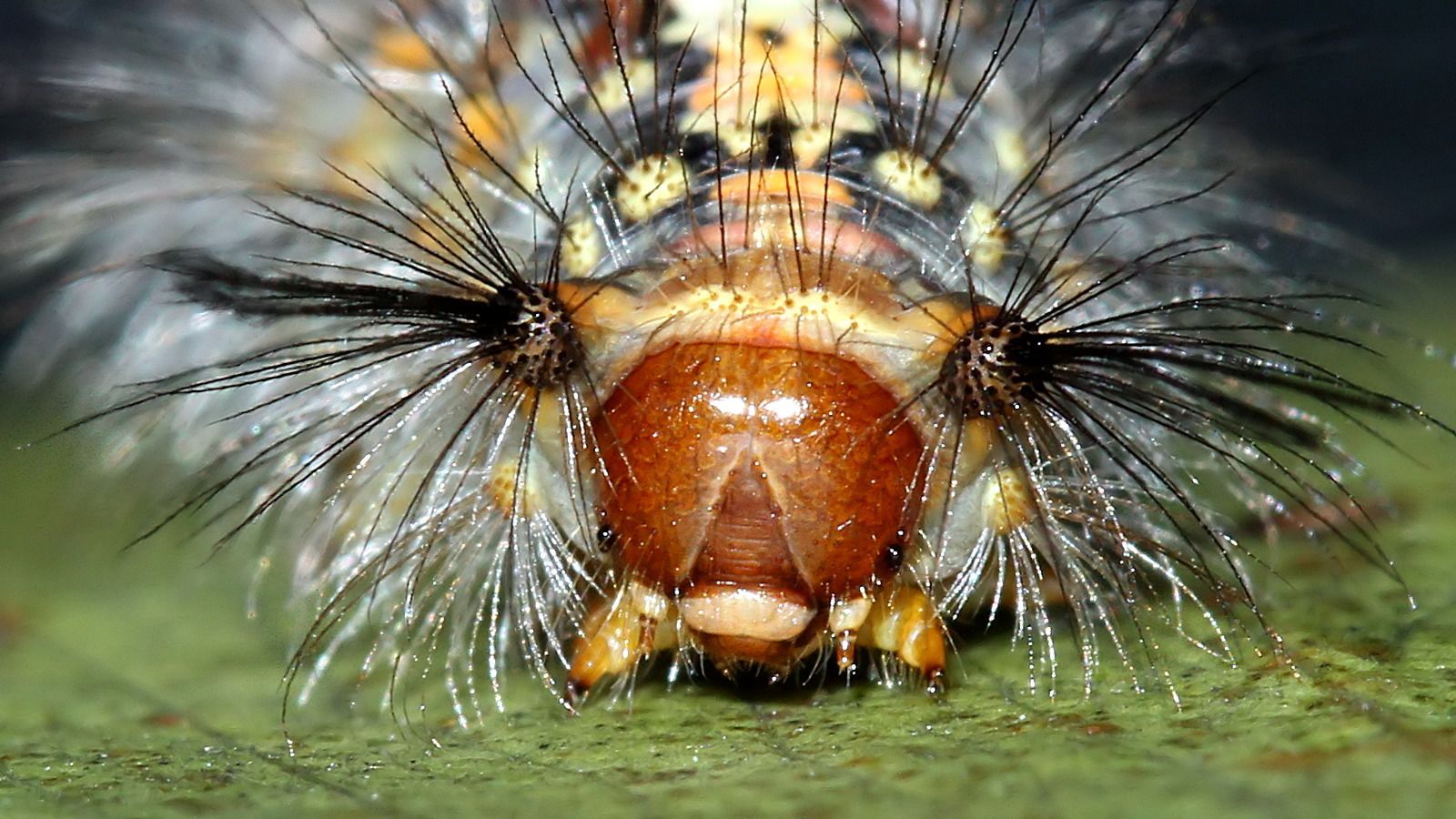
Close-ups of a Tussock Moth Caterpilar 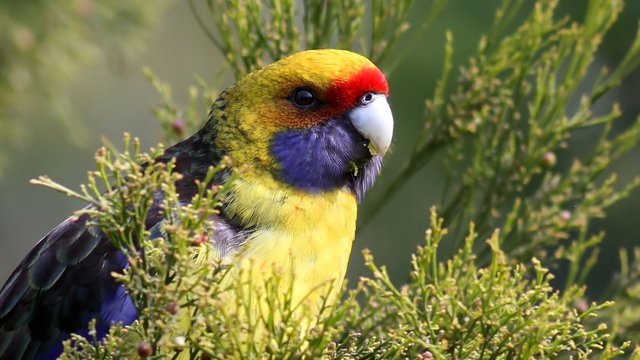
The Green Rosella is Not a Scottish Parrot :-) 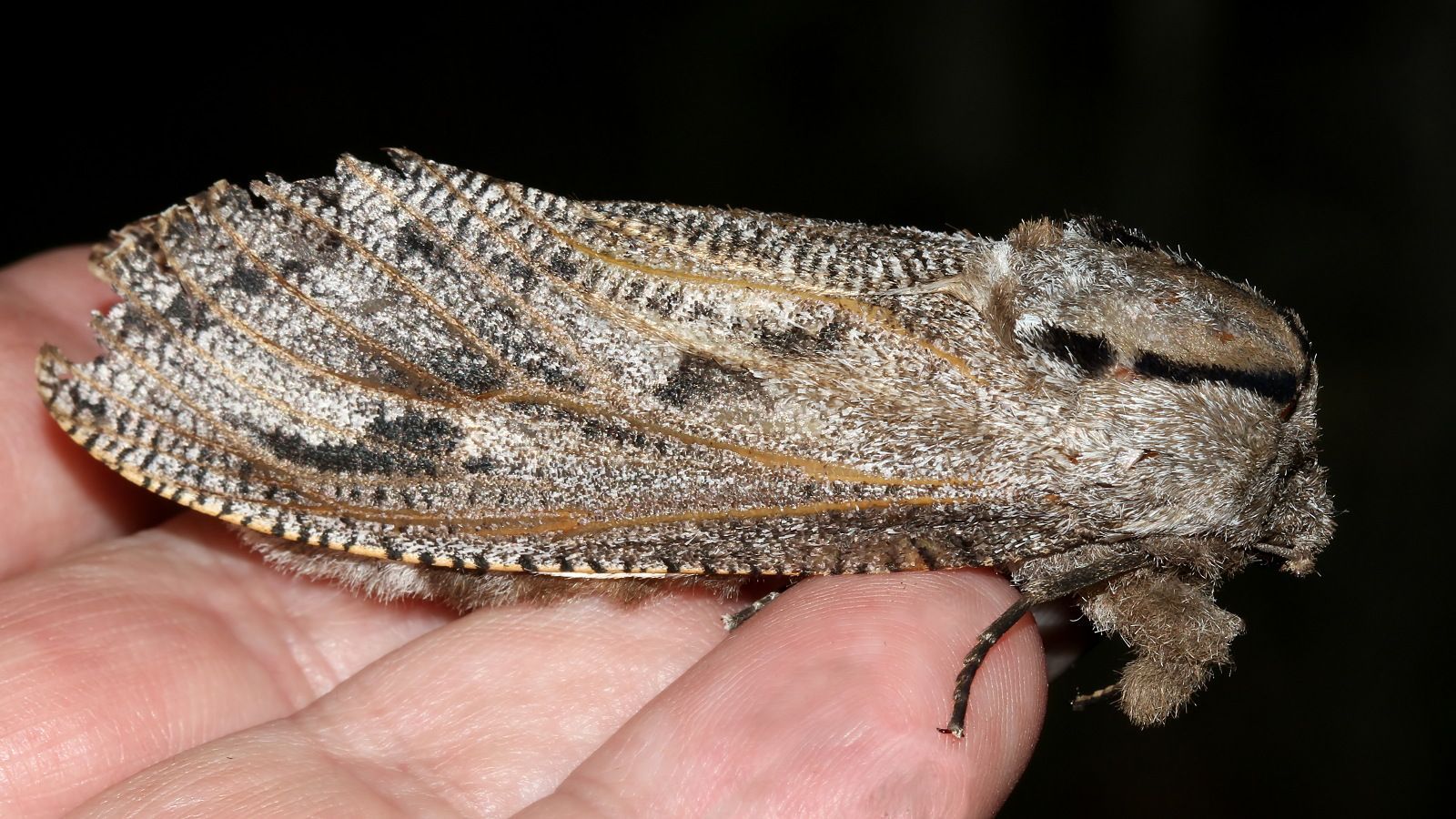
The Huge Wattle Goat Moth 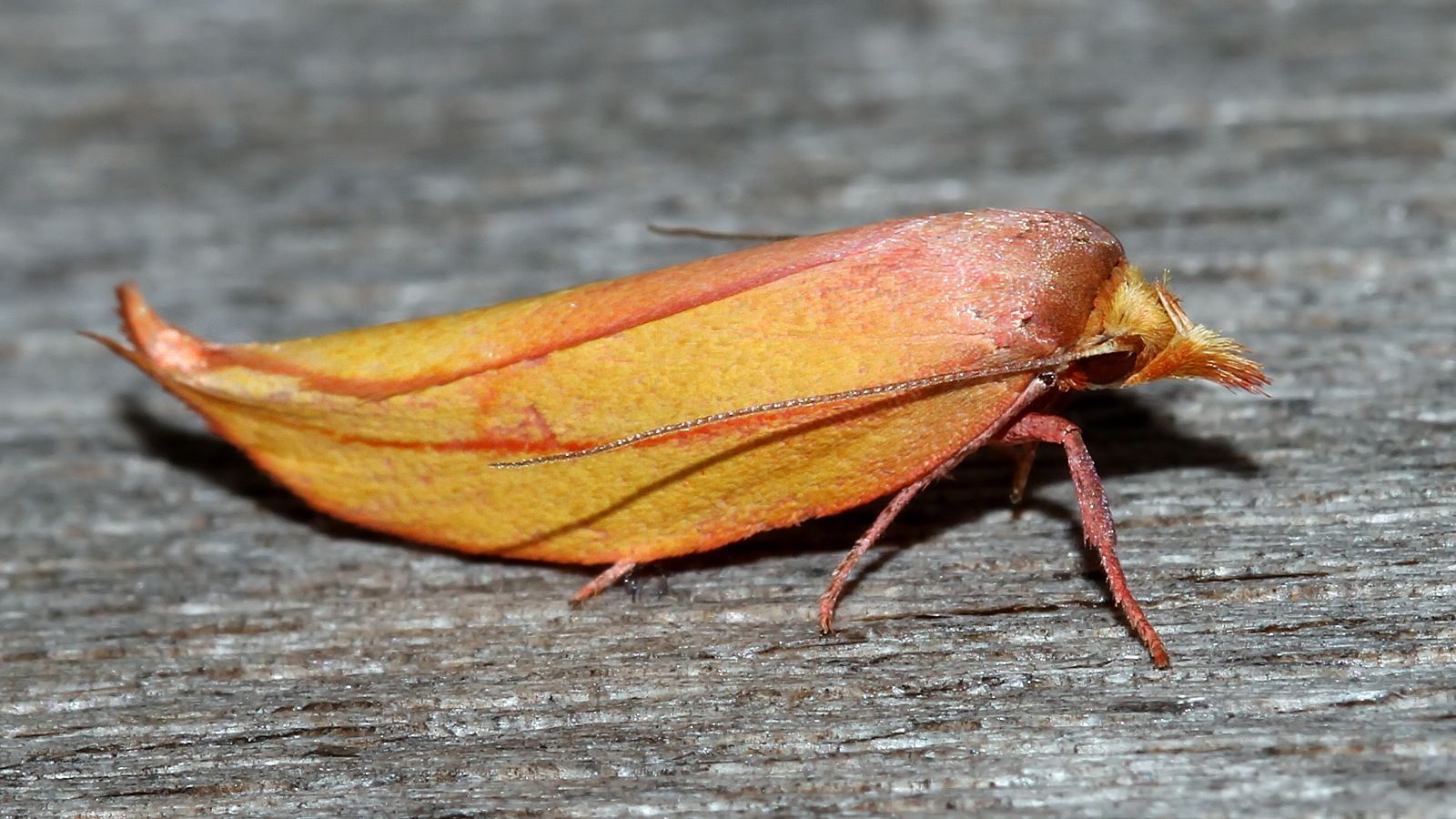
The Golden Leaf Moth |
OMG... So Coool!!
This post received a 20% vote by @mrsquiggle courtesy of @choogirl from the Minnow Support Project ( @minnowsupport ). Join us in Discord.
Upvoting this comment will help support @minnowsupport.
Awesome post @mostly.nature. I learn a lot from you.
I learned a lot today. Your posts are always informative and interesting.
woohoo wonderful lessons, text well put :D love the stunning red eggs clicks are omg ღ❤ :D cool that they can get a better hat each time :D
And the cocoon shot gave me chills all over, weel done
<will sip it now & scrambel of to her coner and be shyy.. :P
Nice post!